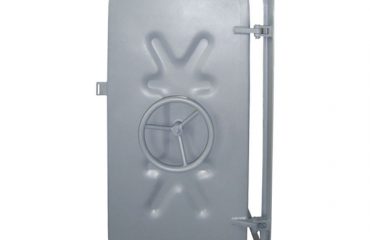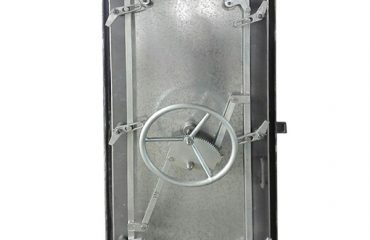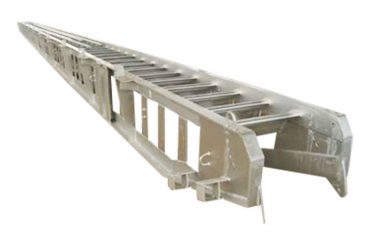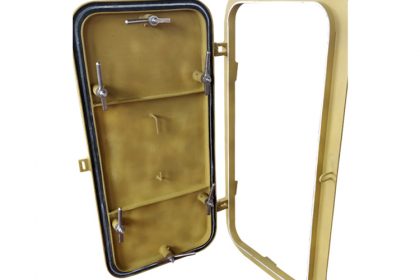
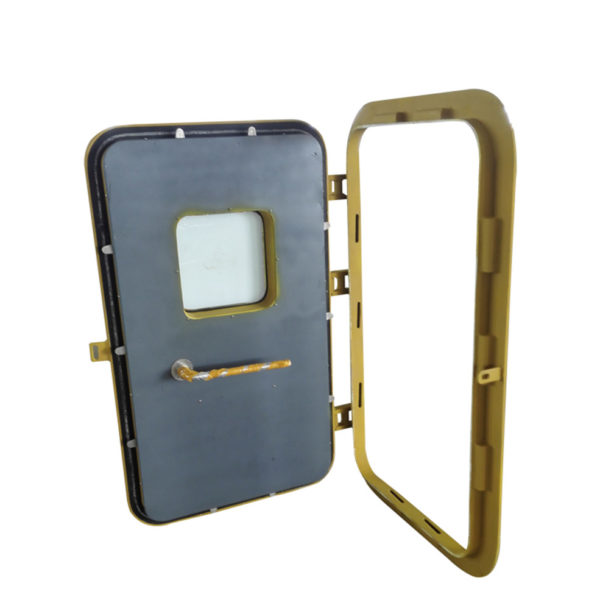
The functionality of marine doors plays a crucial role in ensuring the safety and operation of marine vessels such as ships, boats, and offshore structures. These specialized doors are designed to withstand the harsh conditions at sea, including high-pressure waves, extreme weather, and potential water ingress. In this article, we will discuss the various functionalities of marine doors and their importance in the marine industry.
The marine doors are primarily responsible for maintaining the watertight integrity of the vessel. They are strategically placed in different areas, such as bulkheads and compartments, to prevent the ingress of water in case of a hull breach, collision, or flooding incident. This feature is especially critical for ships and offshore platforms where water ingress can compromise the stability and structural integrity of the vessel. The doors are designed to seal tightly, preventing any water from infiltrating into other compartments and jeopardizing the safety of the crew and cargo.
Another crucial functionality of marine doors is fire protection. These doors are often equipped with fire-resistant materials and are designed to withstand high temperatures and prevent the spread of fire between compartments. In case of a fire outbreak, the doors act as barriers, confining the flames and smoke to a specific area and allowing crew members to evacuate safely or access firefighting equipment. Fire-resistant marine doors are essential for the safety of both the vessel and its occupants.
Marine doors are also designed to withstand extreme weather conditions, such as hurricanes, strong winds, and heavy waves. They are constructed using durable materials, such as steel or aluminum, and are equipped with robust locking mechanisms. These doors are tested and certified to withstand high-pressure waves, ensuring that they remain intact and operational even in the harshest sea conditions. This functionality is crucial for maintaining the structural integrity of the vessel and ensuring the safety of the crew.
In addition to their protective functions, marine doors also serve practical purposes onboard. They provide access points to different compartments, allowing crew members to move freely throughout the vessel. These doors can be hinged, sliding, or vertically lifting, depending on the specific requirements of the vessel and the space available. Marine doors are designed to be easy to operate and maintain, ensuring smooth and efficient access within the vessel.
Furthermore, marine doors are often equipped with additional features to enhance their functionality. For example, some doors may have soundproofing properties to reduce noise transmission between compartments, improving the comfort of the crew and guests onboard. Other doors may be equipped with window panels, allowing for natural light and visibility. These additional features contribute to the overall functionality and usability of marine doors.
In conclusion, marine doors play a vital role in ensuring the safety, integrity, and operation of marine vessels. Their primary functionalities include maintaining watertight integrity, providing fire protection, withstanding extreme weather conditions, and offering practical access points within the vessel. These doors are designed and constructed to withstand the harsh marine environment and are essential for the overall safety and efficiency of marine operations. Choosing and maintaining high-quality marine doors is therefore crucial for the successful and safe operation of marine vessels.



